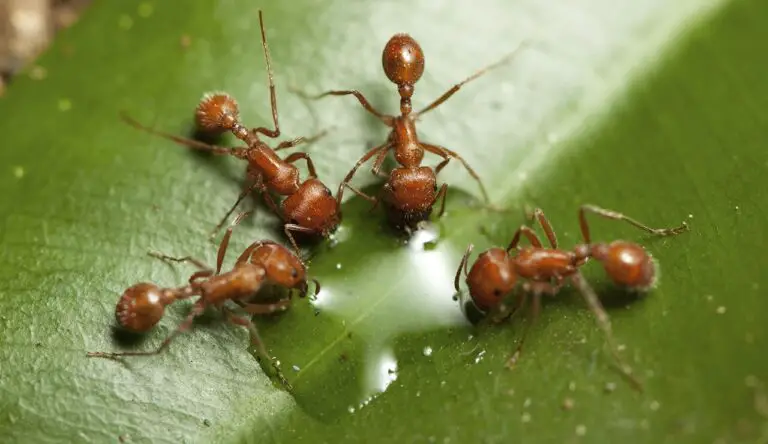15 Plants That Look Like Rhubarb: A Guide To Identifying Garden Gems
If you’re a green-thumbed enthusiast, you’re likely always on the lookout for new additions to your garden. One popular choice among gardeners is rhubarb, but did you know that there are several other plants that share its distinct appearance? In this article, we’ll delve into 15 plants that resemble rhubarb, providing you with valuable insights on how to identify them.
Whether you’re a seasoned gardener or just starting out, this list is sure to inspire you to explore new possibilities for your outdoor space.
As we explore these rhubarb lookalikes, you’ll notice that some share similar characteristics such as their stalk-like growth habits and leafy foliage. From beetroot to skunk cabbage, each of these plants offers a unique set of traits that make them stand out. You might be surprised at how many plants can be mistaken for rhubarb at first glance.
In addition to providing the 15 plant species that resemble rhubarb, we’ll also address some frequently asked questions about rhubarb and its lookalikes. From distinguishing between true rhubarb and burdock to exploring the properties of poisonous plants, this article is designed to educate and inspire you in your gardening journey.
So if you’re ready to expand your botanical horizons and discover new plants to add to your garden, read on for a comprehensive guide to rhubarb’s lesser-known cousins.
15 Plants That Look Like Rhubarb
Beetroot (Beta vulgaris).
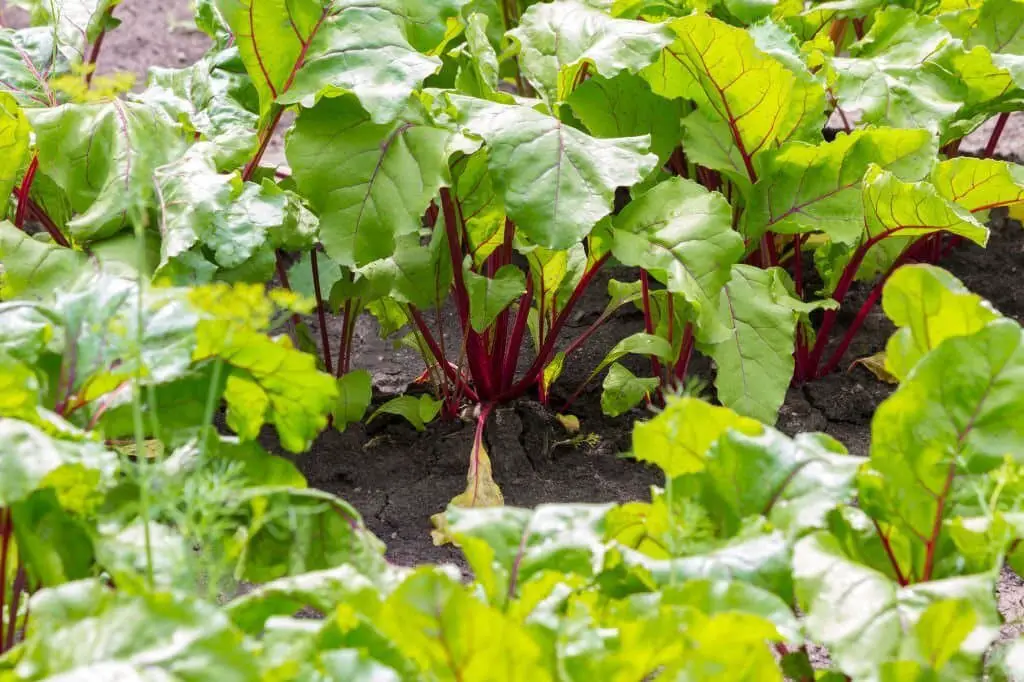
The thick, red stalks of beetroot often lead people to mistake it for rhubarb, but this root vegetable has a unique identity all its own. Despite being part of the same family as spinach and Swiss chard, beetroot’s versatility makes it a popular choice in many cuisines. Whether you enjoy it raw, cooked, or pickled, most people are familiar with its sweet flavor and vibrant color in salads or as a decorative garnish.
For those who venture off the beaten path, the deep red leaves and stems of wild beetroot make identification easy. The edible flowers that bloom on this hardy plant also provide a pop of color and a delicate sweetness when added to salads. As a bonus, beetroot’s adaptability allows it to thrive in most climates, making it an excellent choice for adding a splash of color to your garden or home.
Bog Rhubarb (Petasites japonicus).
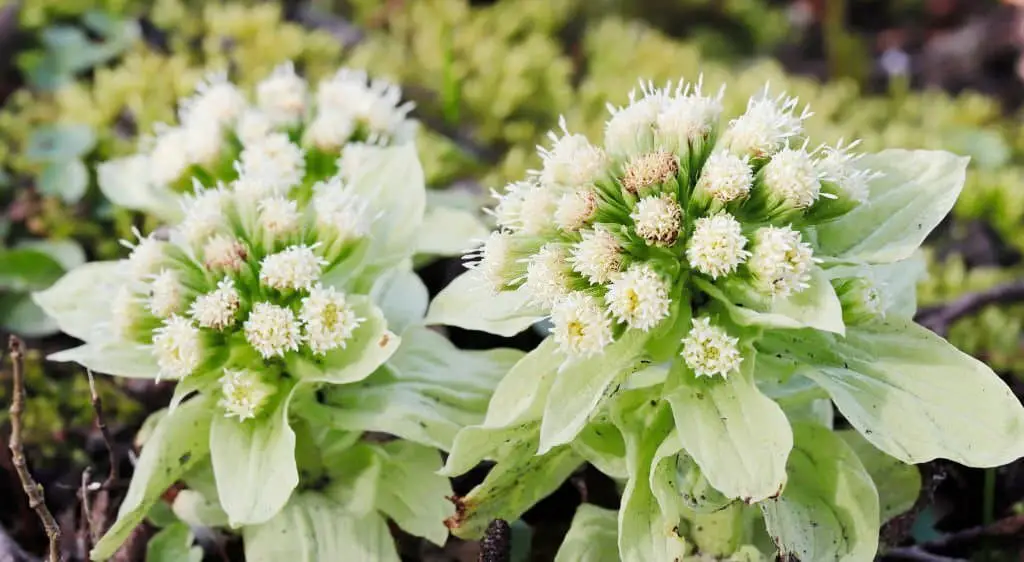
Bog rhubarb, a plant often mistaken for its namesake, surprisingly belongs to the daisy family instead of being a type of rhubarb. Characterized by its large, leathery leaves, this tall plant can reach heights of up to six feet. Native to Asia, bog rhubarb has been introduced to North America and Europe, where it can be found growing in various environments.
Brazilian Giant rhubarb (Gunnera manicata).
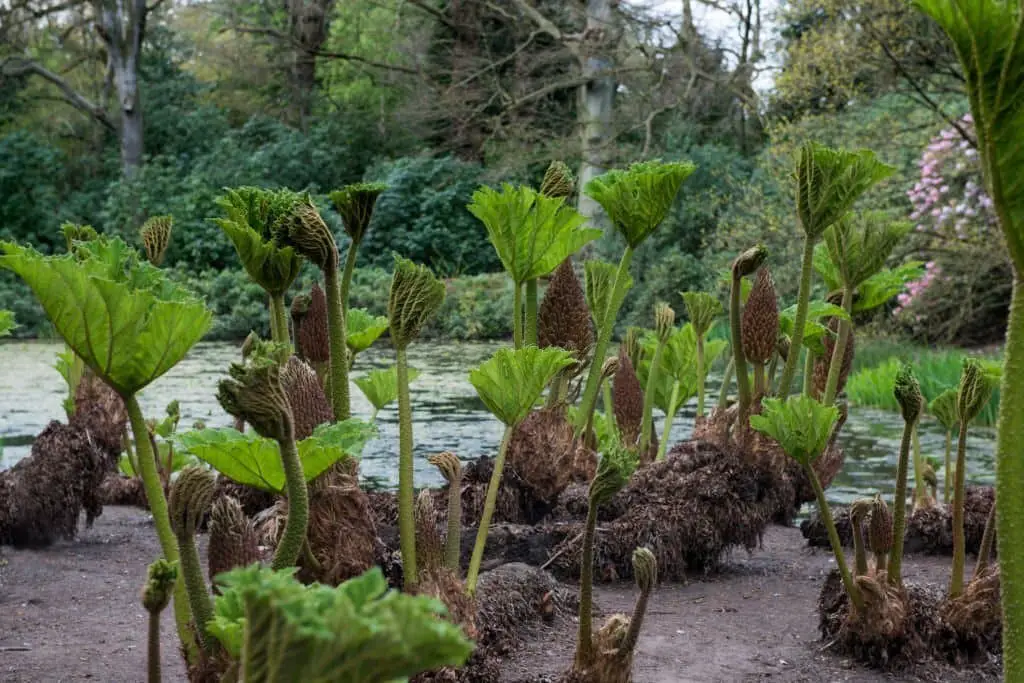
While visually resembling rhubarb, the Brazilian Giant actually belongs to the nettle family. Its impressive stature is a distinguishing feature, with some specimens reaching heights of up to 20 feet and gigantic leaves measuring up to four feet across. This unique plant hails from Brazil, but its range extends to other regions of South America as well.
Burdock weed (Arctium asteraceae).
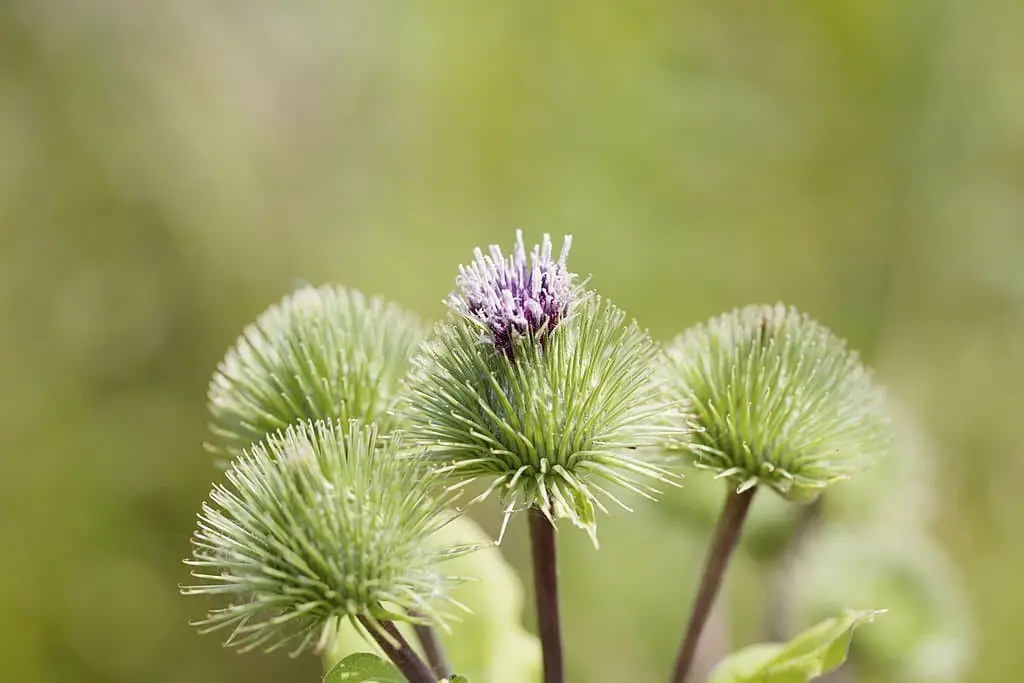
This perennial herb boasts a striking rosette of dark green leaves, which can reach heights of up to two feet. Its delicate white flowers are clustered together in a conical shape, adding an air of elegance to its overall appearance. The plant’s taproot is notable for its thickness and fleshy texture, evoking the likeness of a miniature vegetable root.
Originally native to Europe and Asia, burdock weed has since naturalized in North America.
Its tendency to spread rapidly makes it often viewed as a nuisance plant, challenging efforts at control once it takes hold.
Despite its reputation, burdock weed is also prized for its medicinal properties. The leaves can be used to brew a soothing tea said to alleviate cold symptoms, while the roots can be roasted and consumed as a root vegetable, offering a unique culinary experience.
Canaigre Dock (Rumex hymenosepalus).
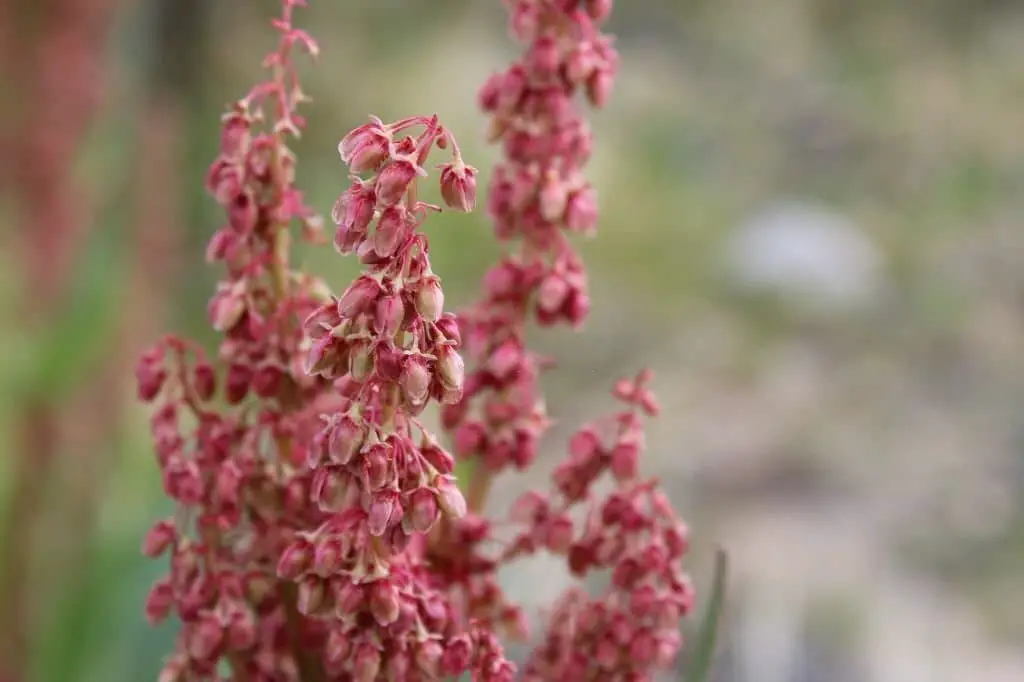
Canaigre, a perennial herb belonging to the buckwheat family, is native to North America. Reaching up to four feet in height, this plant boasts striking features – its leaves are triangular in shape, with a vibrant green upper surface and a contrasting white underside. The tiny, green flowers may be inconspicuous, but the plant’s most notable feature is its fruit: a dark brown seed that adds depth to its overall appearance.
While Canaigre is often cultivated in gardens for its ornamental value, its root holds significant importance in traditional medicine. It is used to treat a range of conditions, including the common cold and flu, making it a valuable component in many natural remedies.
Greater Burdock (Arctium lappa).
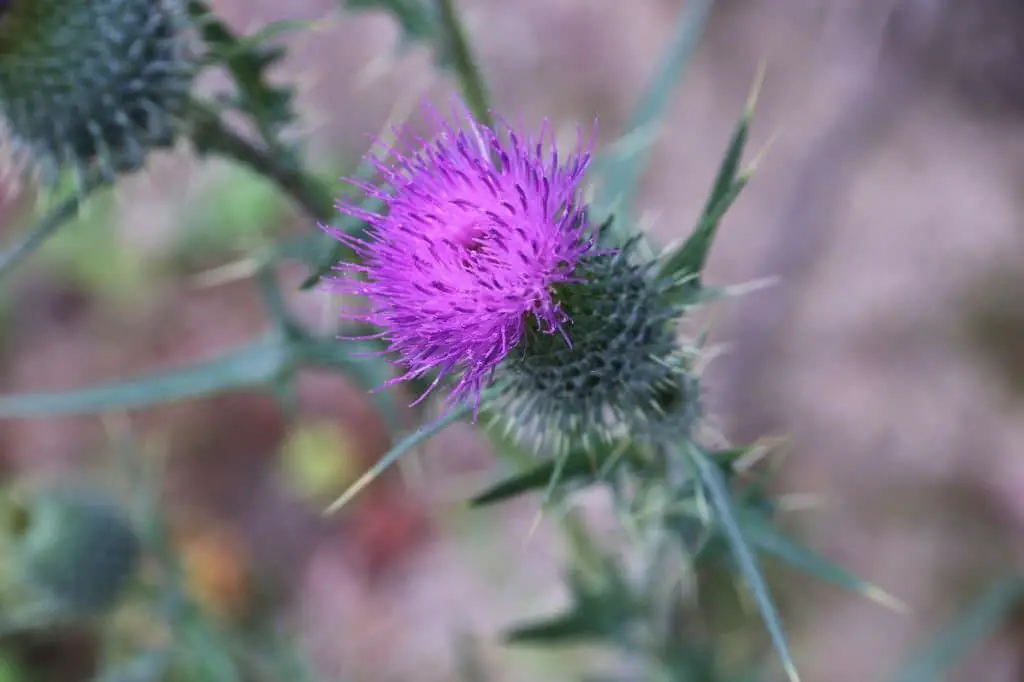
While burdock may not be an obvious choice for your garden, this underrated member of the Asteraceae family has its charm. The plant boasts striking dark green leaves and vibrant violet flowers, making it an attractive addition to any outdoor space. But beyond its visual appeal, greater burdock also offers a culinary advantage – its edible roots possess a flavor profile akin to that of rhubarb, making for a unique and delicious addition to various recipes.
Indian Rhubarb (Darmera peltata).
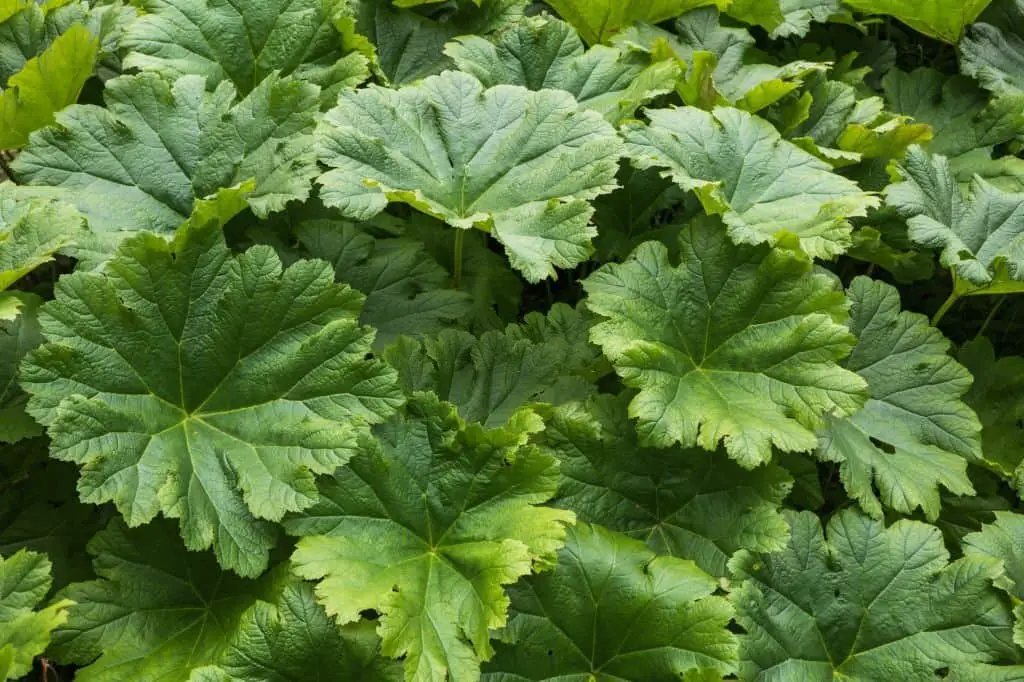
Indian rhubarb, a member of the saxifrage family, boasts an impressive stature as it grows up to six feet tall, its herbaceous perennial nature allowing for robust development. The plant’s foliage features glossy green leaves that provide a striking contrast to the delicate pink flowers which bloom in clusters during late spring or early summer.
Meanwhile, the plant’s fleshy red roots offer an edible treat with a tart flavor reminiscent of rhubarb, making Indian rhubarb a unique and flavorful addition to any culinary endeavor. Native to the western United States, this perennial can thrive in damp, wooded environments, making it a sought-after find for botanists and nature enthusiasts alike.
Japanese Knotweed (Reynoutria japonica).
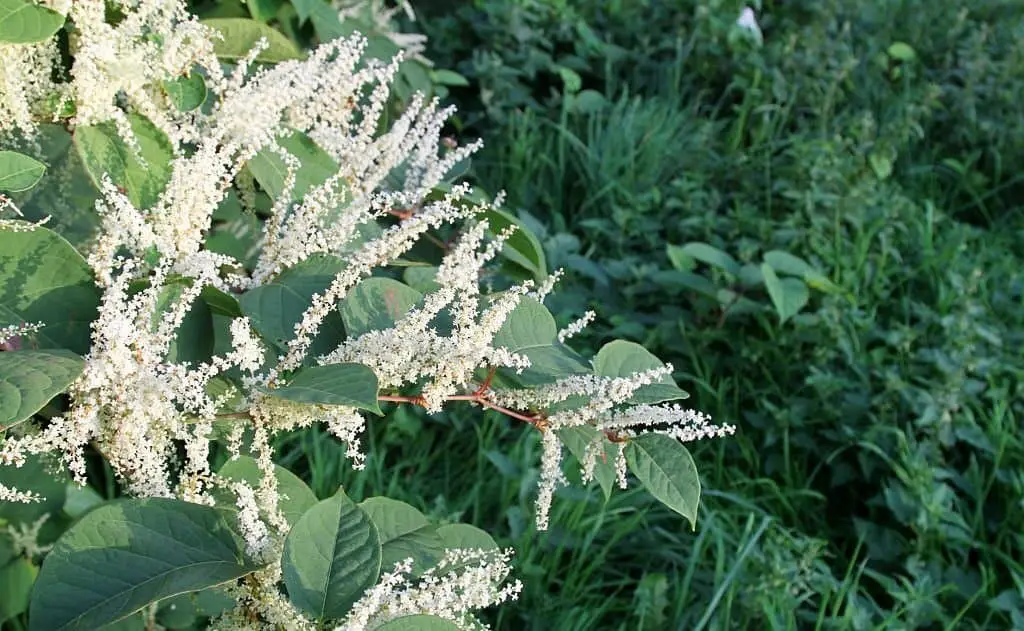
While often mistaken for rhubarb, Japanese Knotweed is actually a member of the buckwheat family, known for its distinctive characteristics. This invasive species has taken hold in North America, proving challenging to eradicate once established. Its striking features include heart-shaped leaves that grow in dense clusters and hollow stems that can display reddish or purple hues. The plant’s small white flowers bloom late in the summer, adding to its unique profile.
Monk’s Rhubarb (Rumex alpinus).
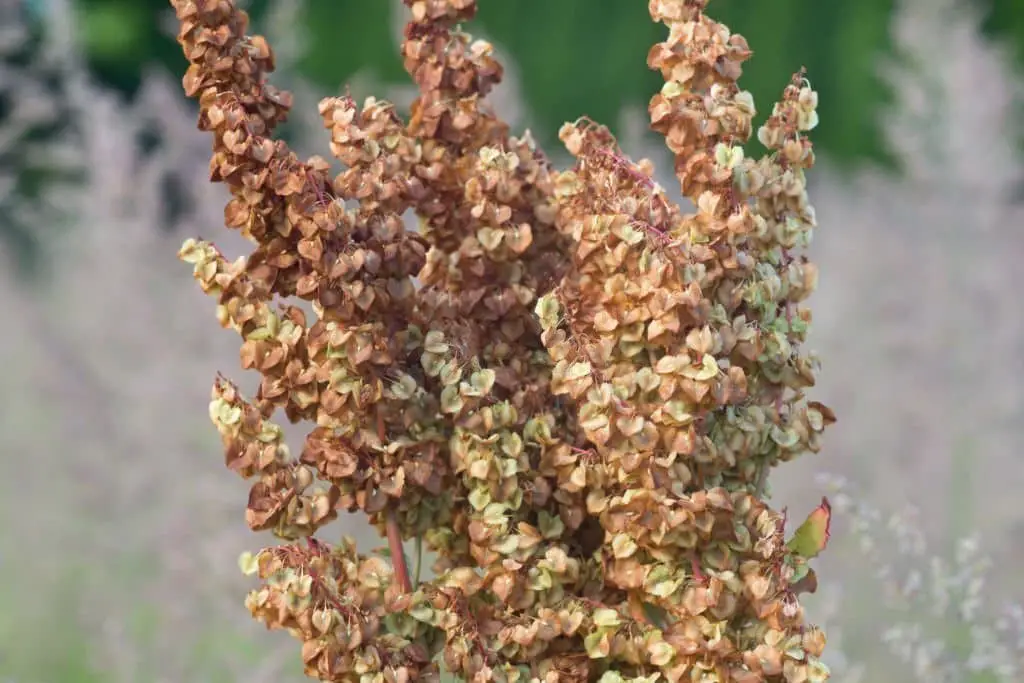
Monk’s Rhubarb, a perennial belonging to the buckwheat family, can reach impressive heights of up to four feet. Its dark green, glossy leaves and deep burgundy stems are striking features that make it a standout in any garden. The small, green flowers bloom during July and August, adding another layer of visual interest to this already captivating plant.
Native to Europe and Asia, Monk’s Rhubarb has also been naturalized in North America, where it can be found growing wild or cultivated in gardens. For those fortunate enough to have Monk’s Rhubarb in their garden, the leaves are a tasty addition to salads or cooked greens, while the stems can be used in sweet treats like pies and jams or simply enjoyed raw.
When cooking with Monk’s Rhubarb, it’s essential to remove the skin from the stem, as it can impart an unpleasant bitterness if left intact.
Poison hemlock (Conium maculatum).
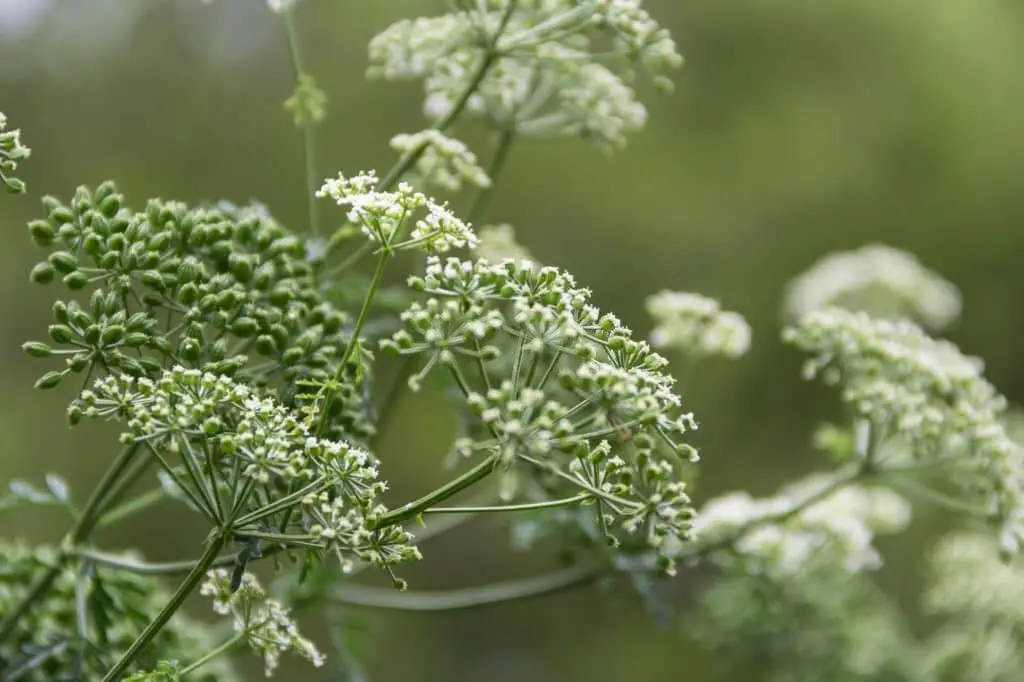
Poison hemlock, a biennial herb belonging to the carrot family, is widely distributed throughout North America. Its presence is particularly pronounced in the eastern United States. This pernicious plant grows up to six feet tall, featuring hollow stems that exhibit a purplish hue with distinctive red or white spots. The foliage of poison hemlock resembles ferns and forms large leaves, while its clusters of small white flowers are a notable feature.
What’s more alarming is the fact that all parts of this plant are toxic, rendering even minute ingestion potentially lethal.
Pokeweed (Phytolacca Americana).
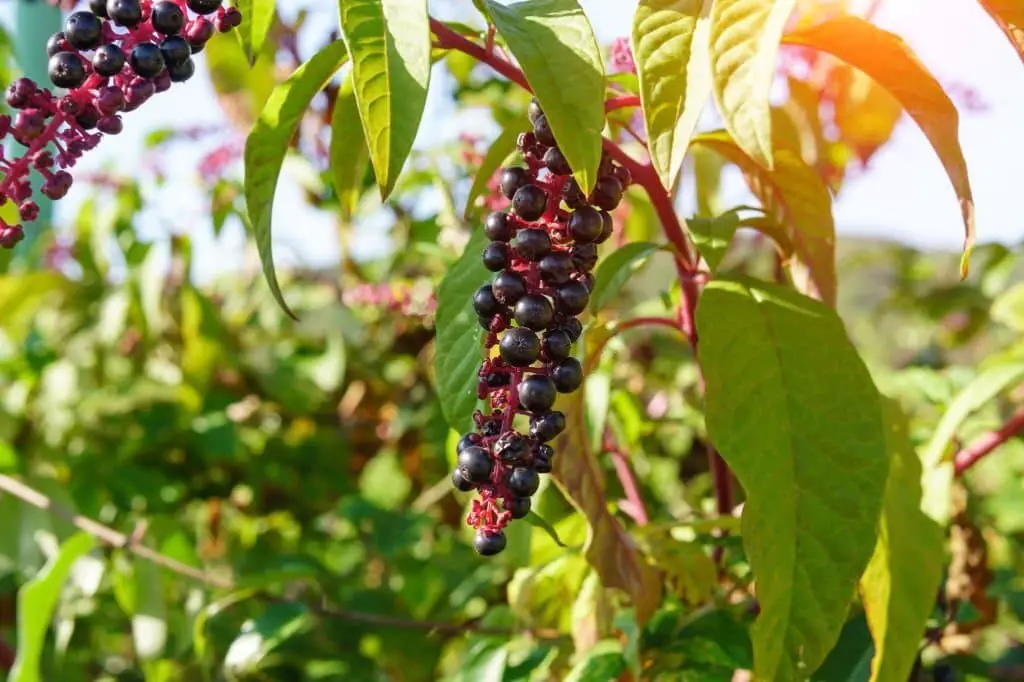
Pokeweed, also known as American nightshade and pokeberry, is a perennial herb that can reach heights of up to ten feet. Its large, oval-shaped leaves have pointed tips, while its stems range in color from green to red. Small white flowers adorn the plant, whereas its fruit takes the form of a blackberry-like drupe containing poisonous seeds. Native to the eastern United States, pokeweed can be found growing wild in woods, fields, and along roadsides.
Despite being considered a weed by many gardeners, pokeweed has several practical uses – its young leaves can be cooked and consumed as greens, while the berries can be utilized to create jelly or wine. Its versatility makes it a valuable plant to know about.
Pricky rhubarb (Gunnera spp.).
In the Gunneraceae family, pricky rhubarb thrives in temperate regions of the Southern Hemisphere. Its striking characteristic is the impressive size of its leaves, which can stretch up to three meters in length, making them a notable feature of these plants. Additionally, rhubarb is recognized by its robust stalks and distinctive tart flavor.
Skunk cabbage (Symplocarpus foetidus).
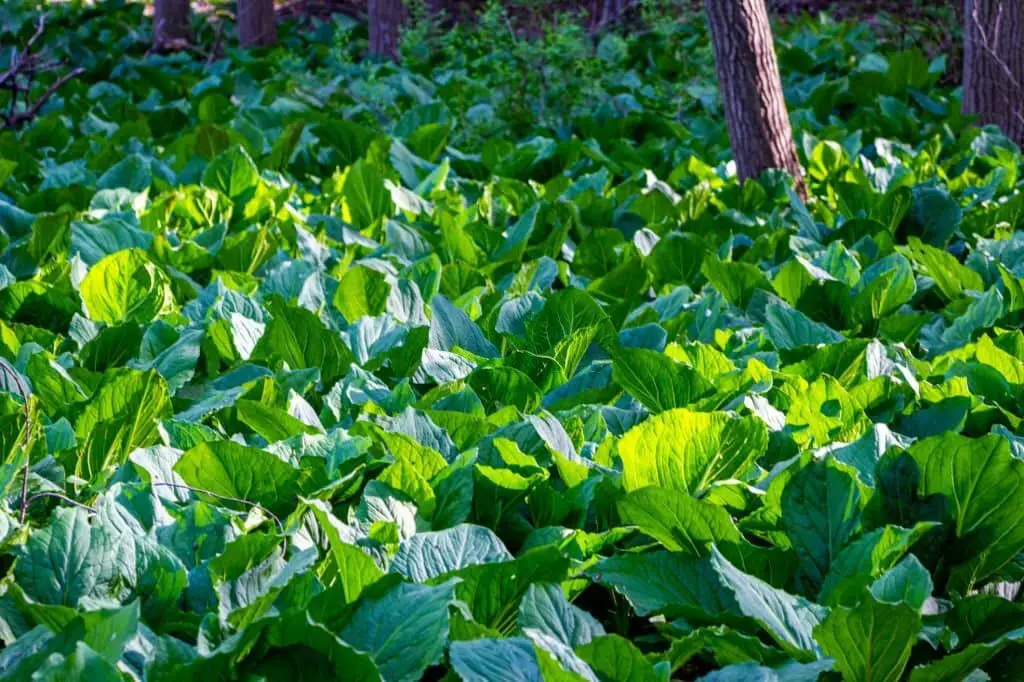
Skunk cabbage, a member of the Araceae family, is indigenous to eastern North America. Its striking, purplish-green foliage bears a resemblance to rhubarb leaves and can reach lengths of up to two feet. The plant’s flowers are small and yellow, clustered together on a fleshy stalk called a spadix. A distinctive feature of skunk cabbage is its pungent odor, which becomes apparent when it blooms. Despite its unappealing aroma, the plant plays a crucial role in supporting local ecosystems.
As one of the first plants to flower in spring, it provides an essential food source for bees and other pollinators. Furthermore, the large leaves can be utilized as a natural shelter during rain or snowstorms.
Swiss chard (Beta vulgaris).
Despite its similarities to rhubarb, Swiss chard is a distinct leafy vegetable with a rich history. Native to the Mediterranean region, this beet family member has been cultivated for centuries, earning a mention in the Old Testament. Its leaves boast a dark green hue and slightly bitter taste, while the stalks are thick and fleshy, available in both white and red varieties.
Swiss chard is an excellent source of essential nutrients like vitamins A, C, and K, as well as iron and fiber.
This versatility allows it to be enjoyed raw or cooked, making it a popular choice for soups, salads, and other culinary creations.
Wild Rhubarb or lesser burdock (Arctium minus).
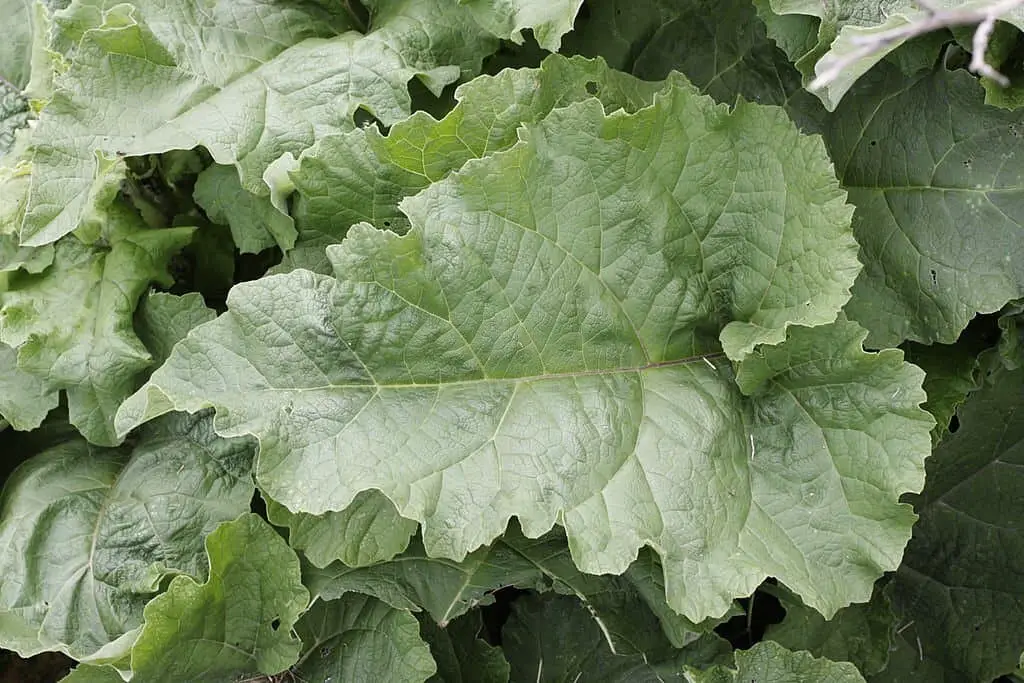
A native of Europe and Asia, this plant has successfully naturalized in North America. It thrives in disturbed habitats, including roadsides and waste areas. Notably, its leaves are large and heart-shaped, featuring prickly margins that add to their uniqueness. The flowers, while small, boast a striking reddish-purple hue and cluster together in dense heads. Moreover, the fruits take the form of dry, winged seeds that rely on wind currents for dispersal.
FAQs
How do you tell the difference between rhubarb and burdock?
When distinguishing between rhubarb and burdock, a few notable differences come into play. One distinct characteristic is the shape of their leaves – rhubarb’s are broad and large, whereas burdock’s are significantly narrower. Furthermore, the colouration of their stalks diverges; rhubarb’s tend to be red or green, while burdock’s are typically brown or black.
Lastly, a distinguishing feature of burdock is its seed-bearing stalks, which produce small, burr-like seeds, whereas rhubarb does not exhibit this trait.
What is similar to rhubarb?
While rhubarb may be a unique ingredient in many recipes, it shares some characteristics with other plants. For instance, its botanical family ties include sorrel and knotweed, both of which have similar leaves to those found on the rhubarb plant itself. This familial connection is not just skin-deep, as these plants also exhibit similar growing habits. Like rhubarb, they thrive in cooler climates and go dormant during winter, only to re-emerge when temperatures rise again.
Additionally, all three plants are known for their hardiness, able to withstand poor soil conditions and drought with relative ease.
Are there poisonous plants that look like rhubarb?
While rhubarb has some plant doppelgangers, they’re not actually part of its botanical family. One of the most common lookalikes is buckthorn (Rhamnus spp.), which is toxic from stem to leaf. If ingested, it can cause a range of unpleasant symptoms, including vomiting, diarrhea, and even life-threatening complications. As you forage for rhubarb, be sure to keep an eye out for these imposters! Other plants that share a similar appearance include nightshade (Solanum spp.
) and dogbane (Apocynum spp.), both of which are also poisonous. Given the potential risks, it’s best to exercise extreme caution and steer clear of these lookalikes altogether.
What is the plant that looks like giant rhubarb?
Gunnera is a fascinating genus of flowering plants that belong to the family Haloragaceae. With approximately 80 species, all native to the Southern Hemisphere, Gunnera boasts an impressive range and diversity. Interestingly, the name ‘Gunnera’ pays tribute to Johan Ernst Gunnerus, a Norwegian botanist and bishop who made significant contributions to the field of botany. These herbaceous perennials can grow remarkably tall, ranging from 0.75 meters to an astonishing 25 meters in height.
The leaves of Gunnera plants are simple and come in varying sizes, measuring as small as 15 centimeters or as large as a whopping three meters. In contrast to their striking foliage, the flowers themselves are relatively unassuming, with most species relying on bees or flies for pollination.
Is wild rhubarb burdock?
The distinction between wild rhubarb and burdock can be puzzling, with some characteristics appearing similar at first glance. However, a closer examination reveals notable differences. Wild rhubarb thrives in damp environments like woodland or streamside areas, characterized by its large leaves featuring deeply lobed edges and thick, reddish stems. In contrast, burdock tends to inhabit drier habitats such as fields or roadsides, boasting smaller leaves and thinner, brownish stems.
Conclusion
As we’ve explored the unique characteristics of rhubarb, it’s become clear that there are several other plants that share similar appearances. Some of these lookalikes may be edible, while others are not suitable for consumption. To confidently identify and cultivate these plants in your garden, it’s essential to take a closer look at their distinguishing features. By doing so, you’ll not only avoid potential mistakes but also discover new additions to incorporate into your outdoor space.
For your gardening pleasure, we hope this journey has been informative and enjoyable!
Related Posts
To pursue a career in plant breeding, you’ll need to follow a series of steps. First, it’s essential to gain a solid understanding of botany, genetics, and plant biology. This can be achieved through formal education or self-study. Next, focus on developing your skills in areas like plant identification, breeding techniques, and data analysis. Building a strong foundation in these subjects will set you up for success in the field.
Additionally, consider seeking out internships or volunteering at botanical gardens, nurseries, or plant breeding programs to gain hands-on experience and make valuable connections in the industry. As you progress, stay current with the latest research and advancements in plant breeding by attending conferences, workshops, and reading industry publications.

